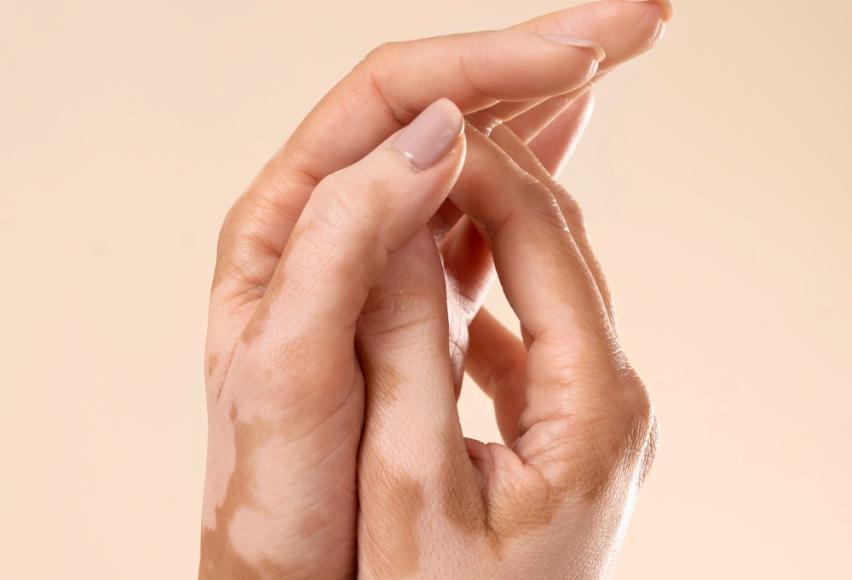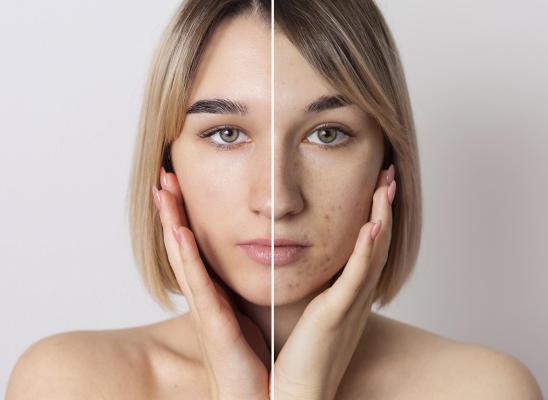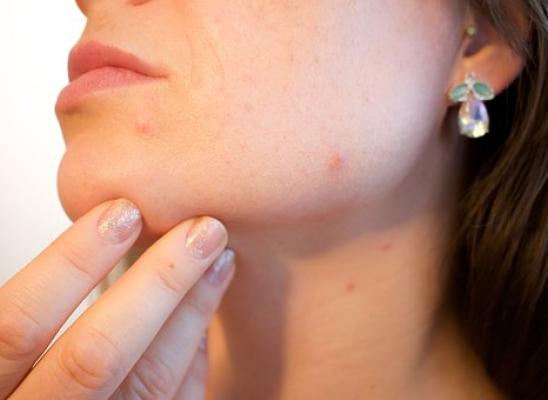Touch and Skin Picking: It Starts in Your Brain

Online test
Find out the severity of your symptoms with this free online test
When you think of touch, what first comes to mind is probably your skin and the sensation you feel when something touches it – a hand or a gentle breeze or stepping on a sharp rock. The sensation tells you whether something is pleasant or painful and you respond. You probably don’t give it much thought in that moment. Just how does your skin know it’s been touched and by what?
In general, we tend to gravitate towards what is pleasurable and avoid what is painful. However, for people with skin picking disorder, that doesn’t seem to always be true. Skin picking is characterized by repetitive picking of the skin that results in injury to the skin. Just why someone picks their skin to the point of pain and injury isn’t well understood. It is thought that picking serves to alleviate emotional distress that often precedes picking. In that way, the picking may be perceived as pleasurable despite the pain of picking.
Your skin has receptors that are dedicated to sensing and processing touch. Researchers have taken a closer look at the sensory system and the role that touch may play in body focused repetitive behaviors (BFRBs) like skin picking. Just what that process is remains unclear but there is growing evidence that dysfunction in the sensory processing pathways may be involved in developing and maintaining behaviors like skin picking.
The Mechanisms of Touch
Touch is something that is hard-wired into our being. It’s one of the ways in which we interact with and interpret our environment. It can tell us when something is dangerous or harmful, like stepping on a sharp rock.
Touch can also be comforting and pleasant. Touch can play a role in how we bond with others. For example, pleasant touch releases powerful brain chemicals such as oxytocin (the “love hormone”) and helps to reduce levels of cortisol (the “stress hormone”.)
But all touch is not the same. Our system of touch is divided into a ‘fast’ system with discriminative functions and a ‘slow’ system with social-affective functions. Discriminative touch is purely sensorial and sends the brain information about the environment. It relies on specialized nerve fibers to send that information.
Social-affective touch is the emotional processing of touch. This “slow” system is how we connect to others and our surroundings. It is highly responsive to soft, caress-like touching. Our bodies actually have a dedicated set of nerves called C-tactile (CT) afferents designed to detect and respond to this type of touch. These CT afferents not only communicate that a “touch” has happened, but they also send messages to parts of the brain that interpret that touch – the sensation and interpretation of touch.
Skin picking is a form of touch. It has been suggested that these CT afferent nerve receptors may also be a pathway for affective touching to contribute to emotional regulation and reduction in stress responses. If so, could they play a role in reducing skin picking behavior too?
Looking Into the Brain
Brain studies have found that compared to people without skin picking, people with skin picking disorder have differences in areas of the brain that are associated with the interoception and perception of sensations as well as the processing of emotions. Evidence suggests that individuals with skin picking may have a reduced sensitivity to affective touch, and that this may be a factor in skin picking.
A new study using functional magnetic resonance imaging (fMRI) explored how people with skin picking disorder reacted to different types of touch received from another person. Unlike the control group, the clinical group (SPD) showed deficits in tactile processing areas of the brain responsible for attention, response inhibition, and emotional regulation in response to CT-optimal (affective) touch. They rated being touched as less pleasant, more arousing, and eliciting a greater urge to pick. The study authors suggest that people with skin picking may use the intense stimulation of picking to redirect their attention from external stressors to internal sensations.
These findings are in line with similar findings of altered tactile processing in some other mental disorders including autism spectrum disorders and some personality disorders.
What This Means for Skin Picking Treatment
Deficits in affective-touch processing are correlated with difficulty managing stress, impaired attachments with others, and poor psychological well-being.
A technique known as soft touch training has recently been studied as a possible intervention for changing the experience of receiving touch and brain connectivity that influences skin picking. While more research is needed, finding ways to improve affective-touch processing seems to be a promising area of study.
There is so much more to learn about the brain’s role in skin picking and how that knowledge can yield even more innovative interventions. In the meantime, there are effective and accessible treatment options for people living with skin picking. There is help and there is hope.
References
1. Morrison, I. (2012, February 7). Quick Guide: CT Afferents. cell.com. https://www.cell.com/current-biology/fulltext/S0960-9822(11)01314-5
2. Schienle, A., Übel, S., & Wabnegger, A. (2018). Neuronal responses to the scratching and caressing of one's own skin in patients with skin-picking disorder. Human brain mapping, 39(3), 1263–1269. https://pubmed.ncbi.nlm.nih.gov/29218753/
3. Schienle, A., Schlintl, C., & Wabnegger, A. (2023). Brain mechanisms for processing caress-like touch in skin-picking disorder. European Archives of Psychiatry and Clinical Neuroscience. https://link.springer.com/article/10.1007/s00406-023-01669-9
4. Croy, I., Geide, H., Paulus, M., Weidner, K., & Olausson, H. (2016). Affective touch awareness in mental health and disease relates to autistic traits – An explorative neurophysiological investigation. Psychiatry Research, 245, 491-496. https://pubmed.ncbi.nlm.nih.gov/27639880/
5. Yang, X., & Zhu, X. (2022). Impact and application of affective touch on mental health. Advances in Psychological Science, 30(12), 2789. https://doi.org/10.3724/sp.j.1042.2022.02789
6. Schienle, A., Schlintl, C., & Wabnegger, A. (2022). A neurobiological evaluation of soft touch training for patients with skin-picking disorder. NeuroImage: Clinical, 36, 103254. https://pubmed.ncbi.nlm.nih.gov/36451359/
Online test
Find out the severity of your symptoms with this free online test
Start your journey with SkinPick
Take control of your life and find freedom from skin picking through professional therapy and evidence-based behavioral techniques.
Start Now



